Redefining Womanhood: Female Characters in 1960s Bengali Cinema - GetBengal Story
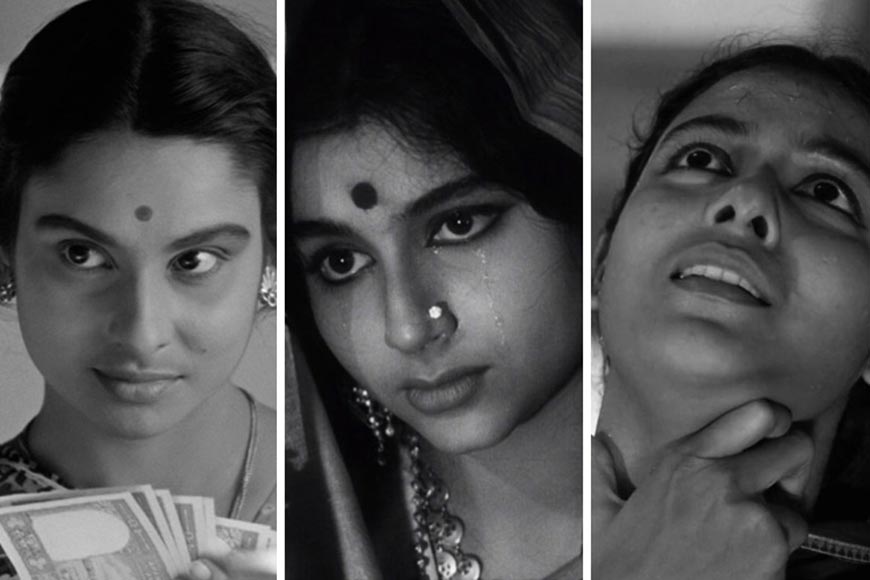
Cinema has always been visually oriented, a desire for spectacle, from its very beginning. When the Lumière brothers screened their films for the first time, the rush of a train coming down the track made viewers feel something and irrevocably impressed a memory on us. This idea has been replicated for decades in other countries, especially in America, where cinema transpired into an exaggerated landscape of superhuman feats, bikini models on the beach, and nearly carnival-level shows of spectacle. The addition of digital spectacle and virtual reality have both furthered this obsession.
However, in this essay, I wish to address Bengali cinema of the period and the ways in which its female lead and secondary characters were constructed—showing striking resonance with Italian neorealism and the new-objectivity films. In other words, a post-World War II sensibility shaped a new consciousness in the cinema of post-independence Bengal, and in doing so turned the ordinary, and seemingly insignificant objects into meaningful narrative objects. Again, Russian formalists, and specifically Eisenstein's October, can be seen
However, in a country such as India, which is largely male-dominated, the motion picture industry has historically catered to males. As an example consider the 1991 film Hum and the perennial song “Chumma Chumma De.” Who wants that kiss? A man. In the theatre, it is overwhelmingly the male gaze that projects desire toward the female form on screen. This resulted in the constrained focus on women characters in Indian films with consequence to male paradigms. However, during the1960s, a revolutionary body of work materialized in Bengali cinema, where male directors sought to express a feminist vision within a patriarchal society, especially through the representation of women-characters.
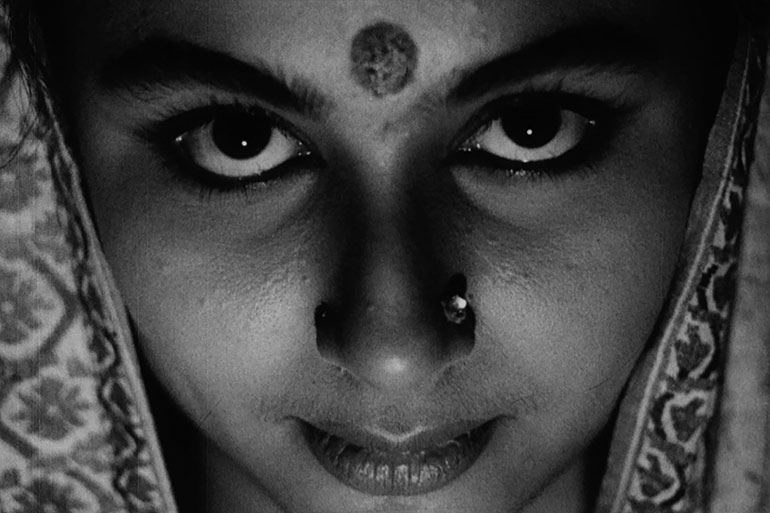
1. Satyajit Ray’s Devi (1960)
The discussion begins with Satyajit Ray’s Devi. Pravatkumar Ray’s story revolves around Doyamoyee, whose journey to becoming a goddess challenges long-standing social customs. What is this effort? Women are usually depicted as carriers of morality, with divinity imposed upon them, and various societal pressures placed on their shoulders. This film questions that convention. Ray presents Doyamoyee (played by Sharmila Tagore) almost as a divine child: she shows affection for children, cares for her father-in-law, and is deeply desired by her husband, demanding weekly letters from him. Up to this point, we see a simple, ordinary human being—but problems arise when she is no longer just a person.
Throughout Europe, women were depicted for centuries as manifestations of dangerous power, which partly explains the witch-hunts of the Dark Ages. In Devi, this motif is used in a more subtle way: Doyamoyee is deemed monstrous as soon as she fails to behave accordingly. Through Doyamoyee's psychological breakdown, Ray adds a modern, Freud-inspired layer to the narrative, posing questions on women's place in the history of Bengal and the ramifications of female independence in a socially conservative society.
The structure of the narrative also reflects this.Upon our introduction to Doyamoyee, we perceive her to be an upstanding, educated woman—as the plot progresses her dreams of a romantic reunion poignantly evolve. In the climactic scene we experience Sharmila Tagore in a distraught, deranged state, applying kajal from her eyes and instructing others to fully prepare her to leave the backside—this is a powerful gesture that summarizes the plight and object.
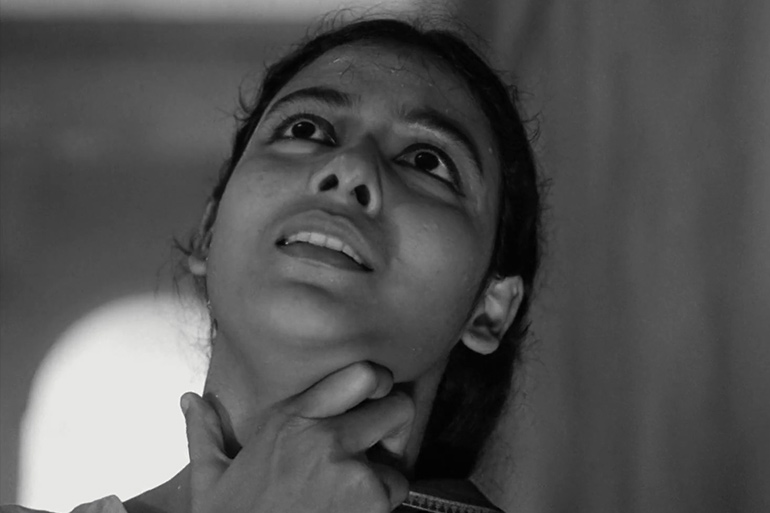
2. Ritwik Ghatak and Meghe Dhaka Tara (1960)
Ghatak explored similar truths, albeit differently. He preferred directness, which explains why his cinema often draws from theatre and folk performance. Melodrama—a familiar form in South Asia—became Ghatak’s primary storytelling tool. Characters like Nita in Meghe Dhaka Tara reflect entire worlds: the household, the society, and the struggles of ordinary lives. Ghatak urges the Bengali audience to confront the present rather than remain fixated on the past.
He spoke plainly, with no pretensions. One of the most modern sequences in Indian cinema shows a character being welcomed beneath a giant banyan tree—an image repeated throughout the film. Here, Ghatak deconstructs spectacle while simultaneously elevating melodrama, using it to portray political consciousness and social solidarity. In constructing Nita, casting Supriya Chowdhury added depth, especially in addressing societal biases like colorism. The camera lingers on her eyes, akin to how Ray frames Doyamoyee’s gaze. Counterparts are crucial—Meghe Dhaka Tara demonstrates how Ghatak fragments the patriarchal structure of Bengali households through the dynamics between brothers and father.

3. Morutirtha Hinglaj (1959)
In Bikas Roy’s epic, Sabitri Chattopadhyay portrays Kunti, whose love for Thirumal—an impoverished man—is obstructed by society. Despite being from a wealthy family, Kunti is willing to dance and earn for her love. Yet, society’s lecherous men try to claim her body. Kunti’s struggle foregrounds a central question: where does a woman’s right to love and live freely reside?
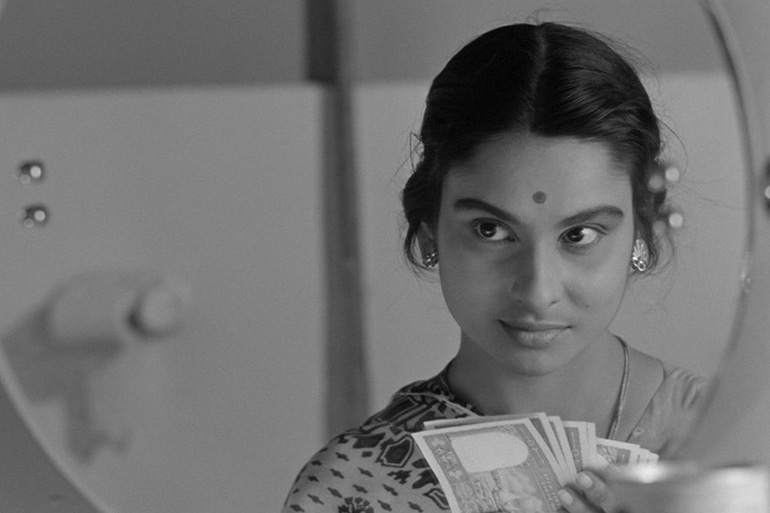
4. Mahanagar
In Mahanagar, Ray presents a contemporary urban couple and their experiences living in Kolkata. We see the patriarch, Ramchandra, fighting for a basic office position, while his wife, Arati, is increasingly aware of the social and structural barriers affecting their lives. The film depicts their development into responsible citizens and the effects of gender and social boundaries on that process. Ray depicts the movement of racial and social inequities in even the smallest institutions, forcing Arati to assume, what can be described as, a concurrent Durga-like strength in countering these forces.
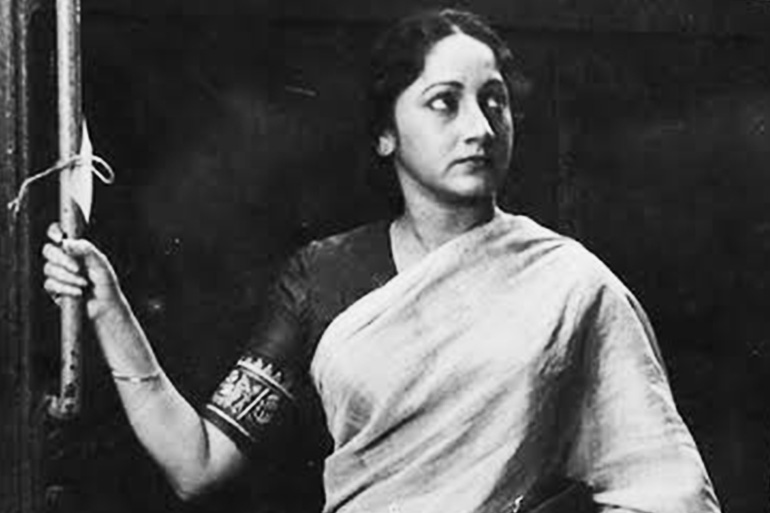
5. Tapan Sinha and Jatugriha (1964)
Tapan Sinha's work often presents the modern woman as a shadow being, However, the woman often seems to relinquish her agency as a member of the household. In Jatugriha, the character played by Arundhati Devi inhabits tension in her marital household, as images in person demonstrate difficulty in emotional and familial communication. The worlds of Shatadal and Madhuri collide, drawing conflict over individual autonomy, rights, and emotional needs. Sinha works to develop female agency in the confines of a patriarchal space, while focusing on the emotional labor and value of personal freedom.

6. Charulata (1964)
Charulata reveals how husbands often overlook their wife's true value, as it is more of an internal destruction than an external one. Charu will not cover her face in front of Bhupati, demonstrating her independence of him. The film really asks if a married woman can have love or emotional fulfillment from someone besides her husband—an issue that is still not resolved.
Note:
Translated by Krishnendu Mitra
To read the original Bengali article, click here.










